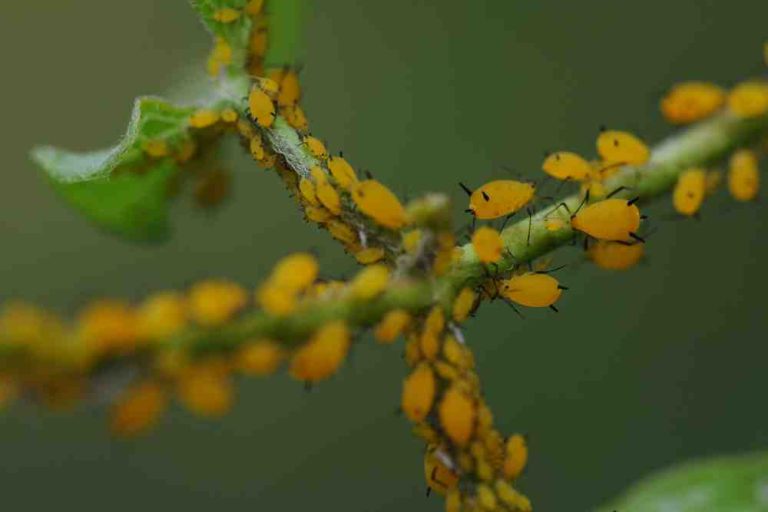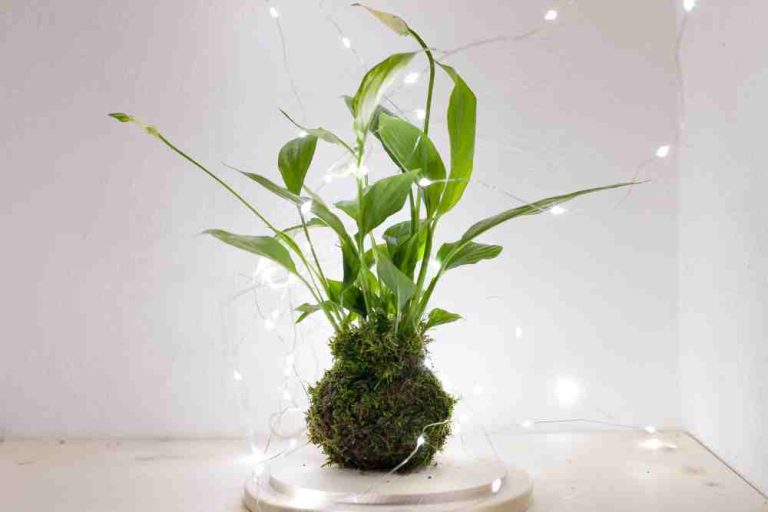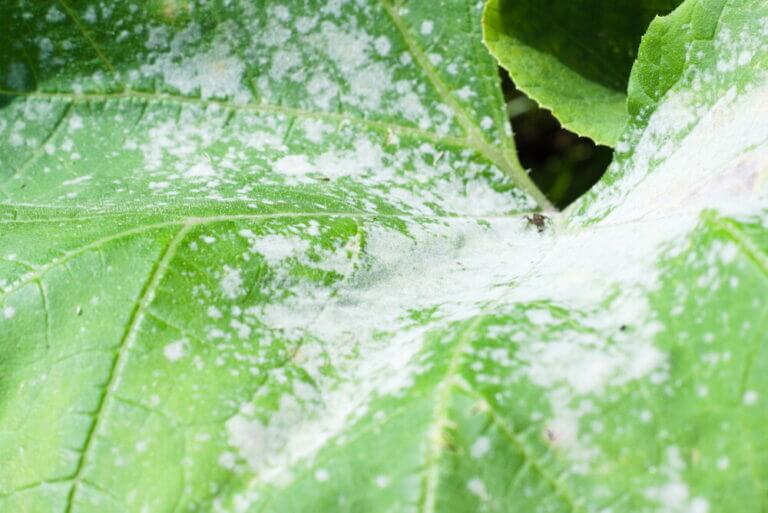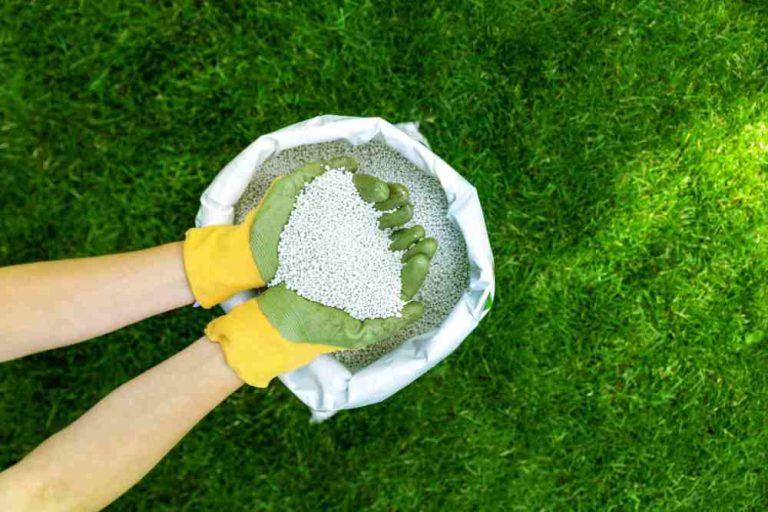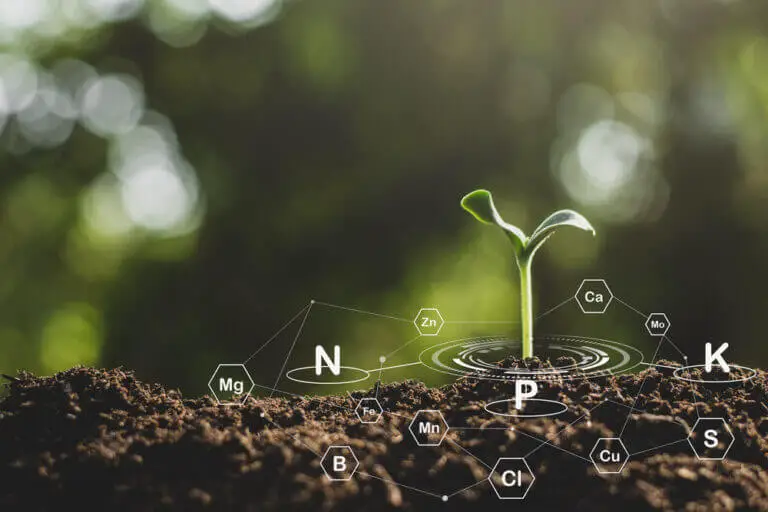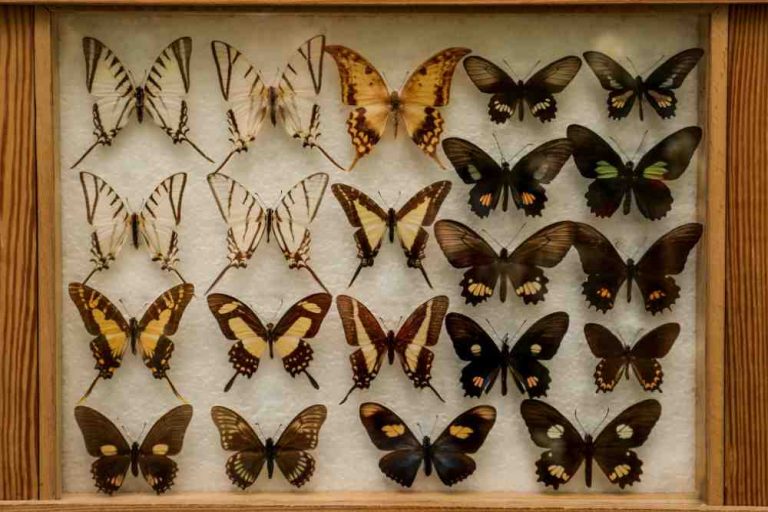Ultimate Guide to Controlling Aphids in Your Garden
Aphid is the common name for the insects belonging to the superfamily Aphidoidea, within the order Hemiptera. All aphids are small, soft-bodied insects with long, slender mouthparts, and pear-shaped insects with long legs and antennae. Most species of aphids have a pair of tube-like structures called cornicles projecting backward out of their bodies’ hind ends…

